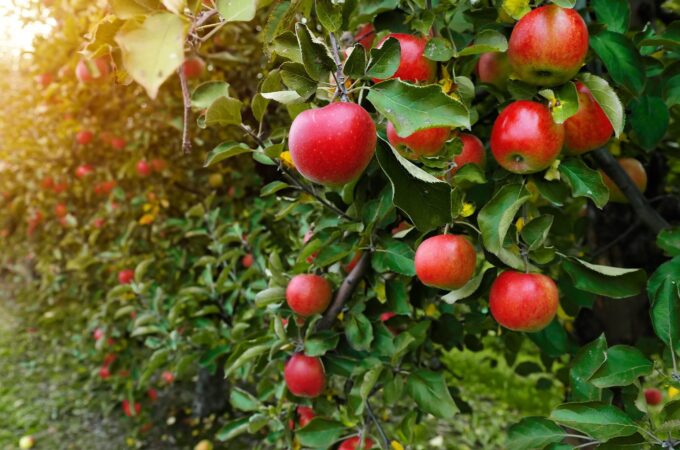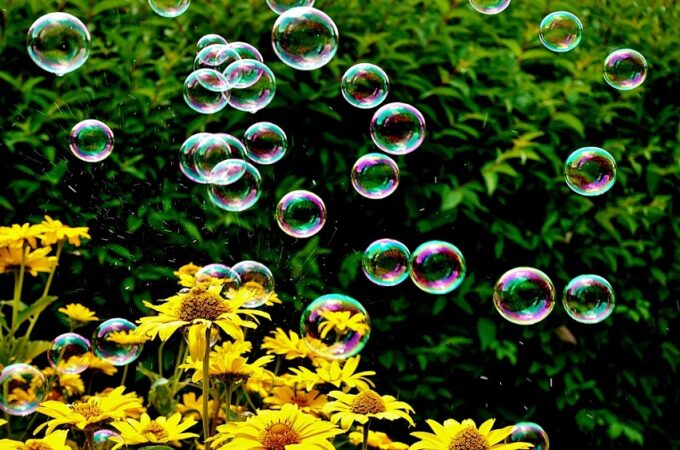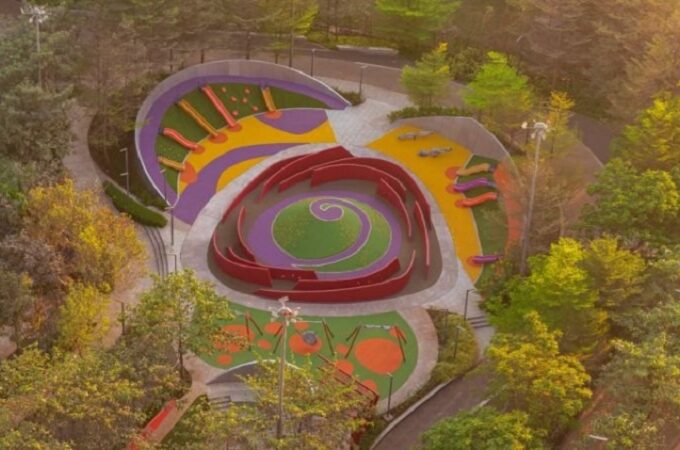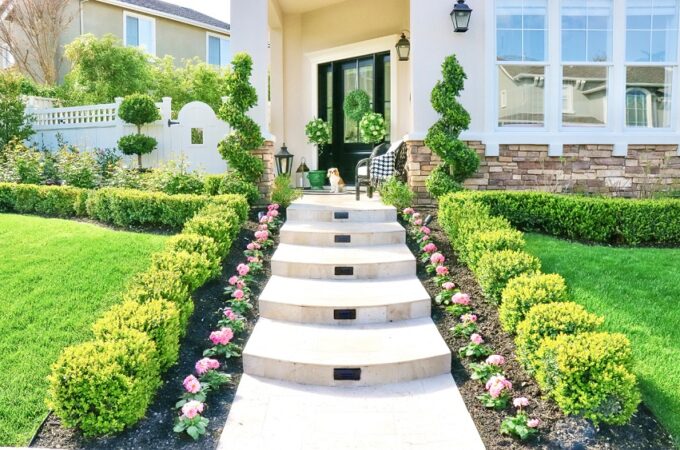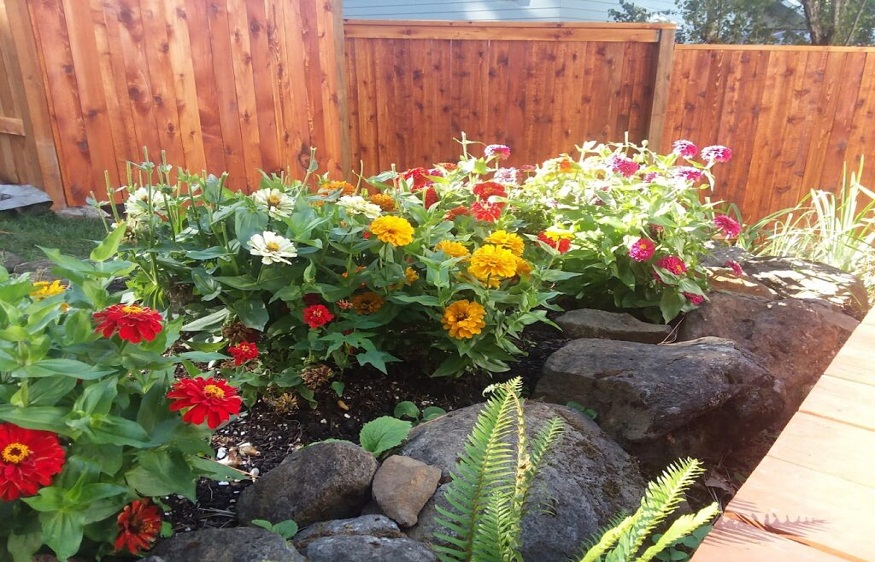
Landscaping for Bees: Plants and Habitats They Love
Bees do a lot more than bumble around the garden like something out of an animated movie. They’re the unsung heroes of the great outdoors.
From pollinating our food crops to keeping wild plants thriving, these tiny workers play a huge role in maintaining the natural balance. So, it’s only fair that we return the favour by making our outdoor spaces more accommodating to them.
Here’s how to create a landscape that keeps the blooms coming and the bees happily buzzing.
Best Plants for Bees
Not all flowers appeal to all pollinators. Different species are drawn to particular shapes, colours, and scents.
To cater to their varying preferences, plant a diverse mix of greenery that blooms across the seasons. That way, you’ll support different species at different times of the year, creating a garden that’s as inclusive as it is beautiful.
Perennials and Wildflowers
Lavender is a firm favourite among the bee population, as it offers a reliable source of nectar from late spring to autumn. All it needs is full sun, well-drained soil, and a little breathing room. To promote airflow, place your bushes around 45 centimetres apart.
Borage is another reliable option. It grows quickly in most soils, reseeds itself readily, and stays in bloom for a good 6 to 8 weeks.
Then there’s white clover—a wonderful choice for ground cover. It creeps low, fixes nitrogen, and flowers from spring to autumn, luring bees and butterflies in droves.
As the season winds down, foxgloves and field scabious will take over the nectar production when other blooms fade. And the best part is, they’re unfussy, bold, and hardy, even in less-than-perfect soil.
Multitasking Herbs
Aromatic herbs, like mint, thyme, and oregano, are brilliant multitaskers. Their blooms attract bees, and their leaves elevate even the simplest of dishes.
Mint needs to be contained, as it tends to spread, so plant it in pots to keep it from taking over the entire space. As for thyme, it prefers full sun and good drainage, while oregano will be content with rocky soil and little water once it settles in.
To help your other greens thrive, place your herbs near vegetable patches. That way, you’ll attract beneficial insects where you need them most.
Don’t be shy with the pruners either. A light trim here and there will encourage more blooms to follow.
Pollinator-Friendly Habitats
A bee-friendly garden should provide more than flowering plants. It should also offer safe shelters for helpful insects to rest, nest, and hide from the elements.
Different species have different needs. Ground nesters, for example, prefer bare soil with good drainage, so skip the mulch in a few spots to give them space to dig their shelters.
Mason bees, on the other hand, prefer hollow stems and small tunnels, which is why you should resist the urge to clear away all dead stalks. You can even bundle up hollow stems or drill small holes in untreated wood to offer them more options.
Dense shrubs and untamed corners also provide shelter from wind and rain, so let some corners grow a little wild.
Bee-Friendly Garden Design
To make your outdoor space inviting and easy to navigate, you need to think like a bee and plan with purpose.
Begin by layering your plants by height, placing the taller ones at the back and the shorter varieties up front. This adds dimension to your garden and gives pollinators something to feast on at every level.
To make foraging easier, group similar plants in clusters of 3‒7. This will also give your garden a fuller, more vibrant look.
For hydration, a shallow dish filled with pebbles will offer your buzzing friends a safe spot to perch while they drink. But unless you fancy racing a bee while trying to relax, you should keep it near the blooms and away from any seating areas.
Seasonal Planting
To keep your winged visitors fed year-round, plan for a continuous display of flowers. Kick things off with late-winter bloomers, like snowdrops, crocuses, and winter aconite. These are ideal for early-season foraging.
As spring rolls around, bluebells, lungwort, and blossoming fruit trees can take over. By summertime, you’ll want to plant lavender, borage, and cornflowers, followed by echinacea and rudbeckia to keep the momentum going.
Sunflowers planted in staggered waves every couple of weeks will keep the floral feast going strong throughout the warmer months. As autumn creeps in, switch to asters, sedum, and goldenrod to supply essential late-season fuel.
As for the chillier months, unpruned ivy, mahonia, and winter-flowering heather will provide them with sustenance well into the year.
Your local climate should guide your plant selection. For instance, south-facing borders tend to bloom earlier, while shadier areas usually take their time. Paying attention to these subtle patterns will help you create a flourishing and resilient landscape.
Harmful Practices to Avoid
It’s just as important to avoid certain practices that might do more harm than good. Rather than focusing purely on looks, local landscaping experts recommend making sure at least 70% of your plants are native. That way, local pollinators will get the support they need, too.
While chemical pesticides may keep pests at bay, they’re just as tough on the bees. Instead of relying on heavy-duty products, let nature help you out. Plants, like marigolds and alliums, can repel pests naturally.
If you need extra help, neem oil and garlic spray are gentler alternatives. Just make sure to apply them early in the morning or late in the evening when the bees have turned in for the day.
For the same reasons, you should avoid synthetic fertilisers unless absolutely necessary. Organic compost and mulch will nourish your plants and improve soil health, all while supporting the tiny creatures working quietly below the surface.
When it comes to maintenance, it’s best to mow and prune at the start or end of the day, when they’re less active—less fuss for them, more peace for you.
Conclusion
With thoughtful planting, gentle care, and a few wild corners, you’ll soon have a buzzing little ecosystem right outside your door.
So, plant with purpose, skip the harsh treatments, and let nature do what it does best. The bees will thank you with colourful, fragrant blooms and a cheerful hum that will become the ultimate soundtrack to your summer days.

